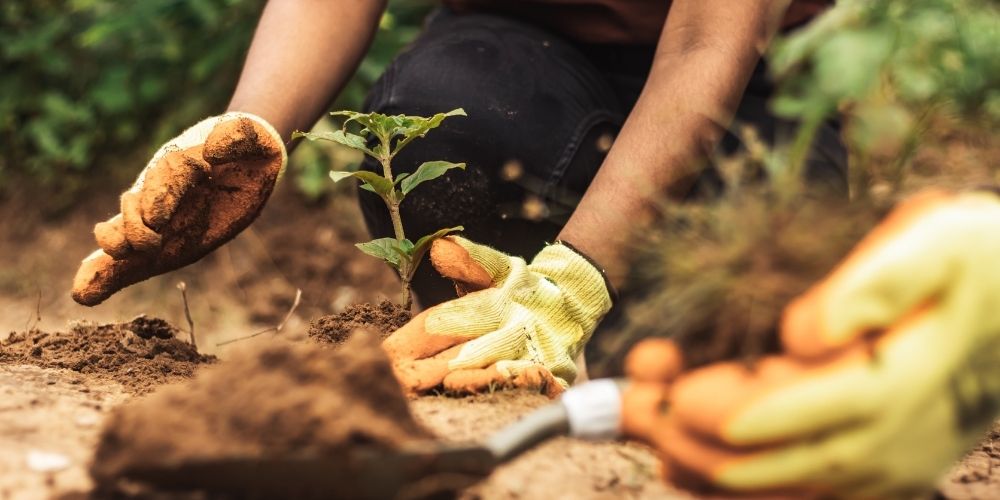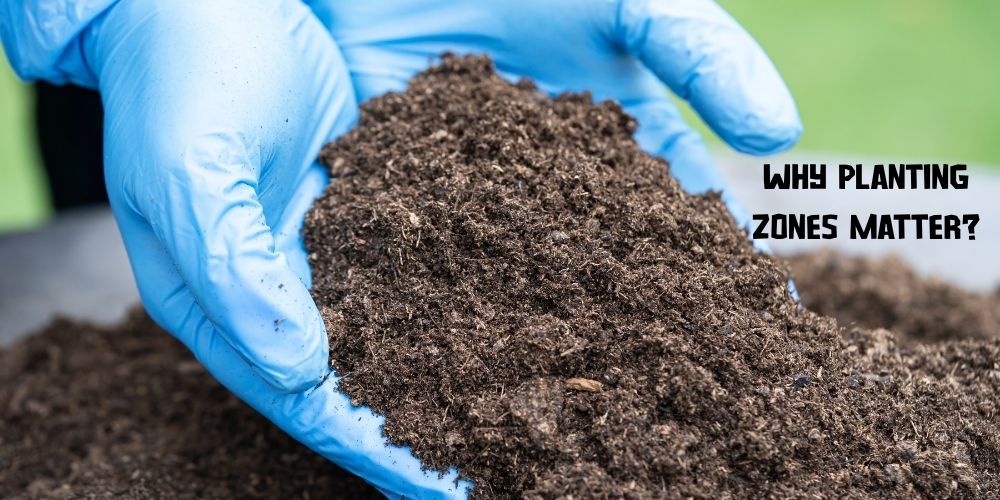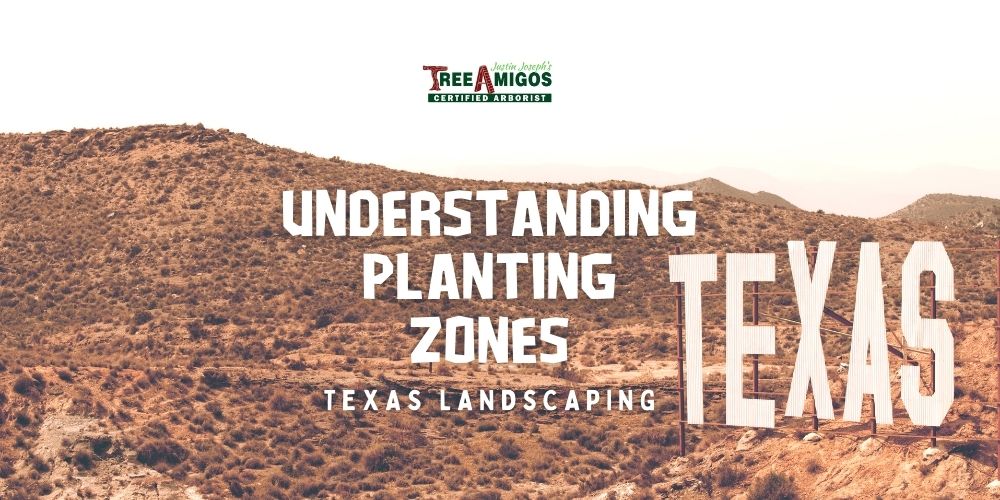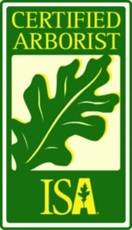Texas is enormous, over 800 miles across and nearly as far down the panhandle to the Rio Grande as it is across from El Paso to Beaumont. Those miles come with large climatic variations. Amarillo often drops to below 0°F on clear January nights, and Brownsville on the Gulf of Mexico stays comfortably above 40°F. Such extremes make universal planting guides unreliable. A tree that thrives well in the Valley may die in the High Plains, and turf that grows well in Dallas may burn in Midland.
The simplest way to protect your budget and conserve water is to determine your USDA planting zone, or hardiness zone, before purchasing a single plant. Each zone reflects the long-term average of your area’s coldest winter night. When you match trees, shrubs, and turfgrass to that number, you give every plant a head start.
Appropriate zoning enhances landscape maintenance since cold-resistant species are quick to recover from winter stress, require fewer inputs, and are resistant to widespread pests. The payoff is obvious: fewer dead replacements, fewer irrigation charges, and more healthy landscapes in residential yards as well as huge commercial sites. Spending a handful of minutes studying the zone map beforehand can save years of additional labor and unforeseen expenses in the future.
What Are Planting Zones?

The U.S. Department of Agriculture Plant Hardiness Zone Map divides North America into 10-degree-Fahrenheit bands based on a 30-year average of each area’s extreme winter low. Every band splits into an “a” (colder) and “b” (slightly warmer) section. Gardeners call these bands planting zones, growing zones, or hardiness zones.
If a nursery tag reads “hardy to Zone 8b,” the plant should survive where the coldest night stays above 15 °F. The map says nothing about rainfall, summer highs, or soil chemistry, yet it remains the best first filter in residential landscape design, commercial landscape design, and ongoing landscape maintenance because it removes costly guesswork long before shovels hit the ground.
Texas Zones Breakdown
| Zone | Region | Avg. winter low | Example plants/trees |
| 6b | North Panhandle | -5 °F to 0 °F | Eastern red cedar, Austrian pine, Russian sage, Rocky Mountain juniper, cool-season turf fescue |
| 7a–7b | Rolling Plains & N. Central TX | 0 °F to 10 °F | Shumard red oak, Mexican plum, blackfoot daisy, fragrant sumac, hybrid bermudagrass |
| 8a | DFW to western Hill Country | 10 °F to 15 °F | Live oak, yaupon holly, dwarf palmetto, lantana, St. Augustine grass, autumn sage |
| 8b | Central Prairies & Upper Gulf Coast | 15 °F to 20 °F | Bald cypress, wax myrtle, crape myrtle, Turk’s cap, Mexican feather grass, zoysia turf |
| 9a | S. Central Coast & LRGV uplands | 20 °F to 25 °F | Pecan, ‘Lila’ avocado, bougainvillea (with frost cloth), esperanza, buffalograss |
| 9b | Coastal Bend through Brownsville | 25 °F to 30 °F | ‘Cara Cara’ navel orange, Mexican olive, oleander, seashore paspalum turf, hibiscus |
| 10a | Port Isabel & S. Padre Island | 30 °F to 35 °F | Coconut palm (protected), royal poinciana, plumeria, tropical milkweed |
Why Planting Zones Matter?

Putting the wrong plant in the wrong zone is a sure way of trouble. A blue spruce in Corpus Christi is fighting heat and humidity and will soon require removal. Hibiscus in Amarillo may die out following one severe freeze. Species that suit the zone decrease the cost of replacement, lessen the amount of irrigation, and make maintenance of the garden easier.
Such plants also endure Texas drought cycles more easily since they often possess waxy leaves, deep taproots or an inbuilt period of dormancy that saves water. The state has varied soil chemistry- alkaline caliche in the Hill Country, acidic sand in East Texas, heavy clay along the Gulf. A plant that is already close to its cold threshold can collapse rapidly in the event of additional stress caused by the soil conditions. Using species that are appropriate to the zone and the soil means that every hour of lawn care yields more.
Tips for Homeowners
Here are some quick tips homeowners should consider:
- Time plantings to the calendar
Zones 6b–7b:* plant trees and shrubs in early fall so roots anchor before frost. Zones 9–10:* plant in late winter; soil is cool, yet growth restarts quickly.
- Group by water need
Keep low-water natives together and separate them from thirstier annuals. This supports efficient yard maintenance services and controls monthly bills.
- Test your soil first
County Extension offices offer affordable lab tests. Adjust pH and drainage during landscape planning rather than after plants show stress.
- Mulch and mow correctly
Three inches of hardwood mulch provide soil temperature stability and weed deterrence. Use sharp mower blades and apply the one-third rule on grass height to achieve healthier turf and make lawn care services easier.
- Hire qualified help
Certified arborists are aware of microclimates, bugs, and correct pruning frequency. Hardscape, shrubs, and trees are incorporated together with the experienced landscaping services to create a coherent outdoor design. Ask for credentials to determine whether you need residential landscaping services, garden maintenance, lawn care services, or a full suite of yard maintenance services for a business campus.
- Plan for maturity
A fast-growing silver maple can start growing over power lines within ten years. A slower live oak offers dependable shade and fewer limb failures. Good landscape design always keeps the long view.
Conclusion
Texas is broken down into distinct climate blocks by planting zones, eliminating guesswork in landscape planning. The USDA map indicates the coldest a given area of the state can become during an average winter night. Compare that figure with all the trees, shrubs, and turfgrass you purchase, and you are putting the odds in your favor. Grass seeded to Zone 8 will remain green longer in Austin, and a Zone 7 live oak will survive north-central freezes without losing limbs at a high cost. Plants in the proper growing zones will need less emergency irrigation, will endure local soil chemistry, and will recover more quickly after summer scorch or winter wind.
It is efficiency that pays real dividends. Homeowners save on replacement plants and monthly water bills. Property managers experience reduced costs of landscape maintenance and more consistent curb appeal in large portfolios.
When it comes to selecting, planting, or taking care of trees anywhere between the Panhandle and the Gulf Coast, call Tree Amigos Tree Services. Their certified arborists carry the appropriate equipment and extensive local expertise to every job site, whether it is residential landscaping services, commercial landscape design, or regular yard maintenance services, so that your yard can be a healthy, well-planned landscape year-round.




